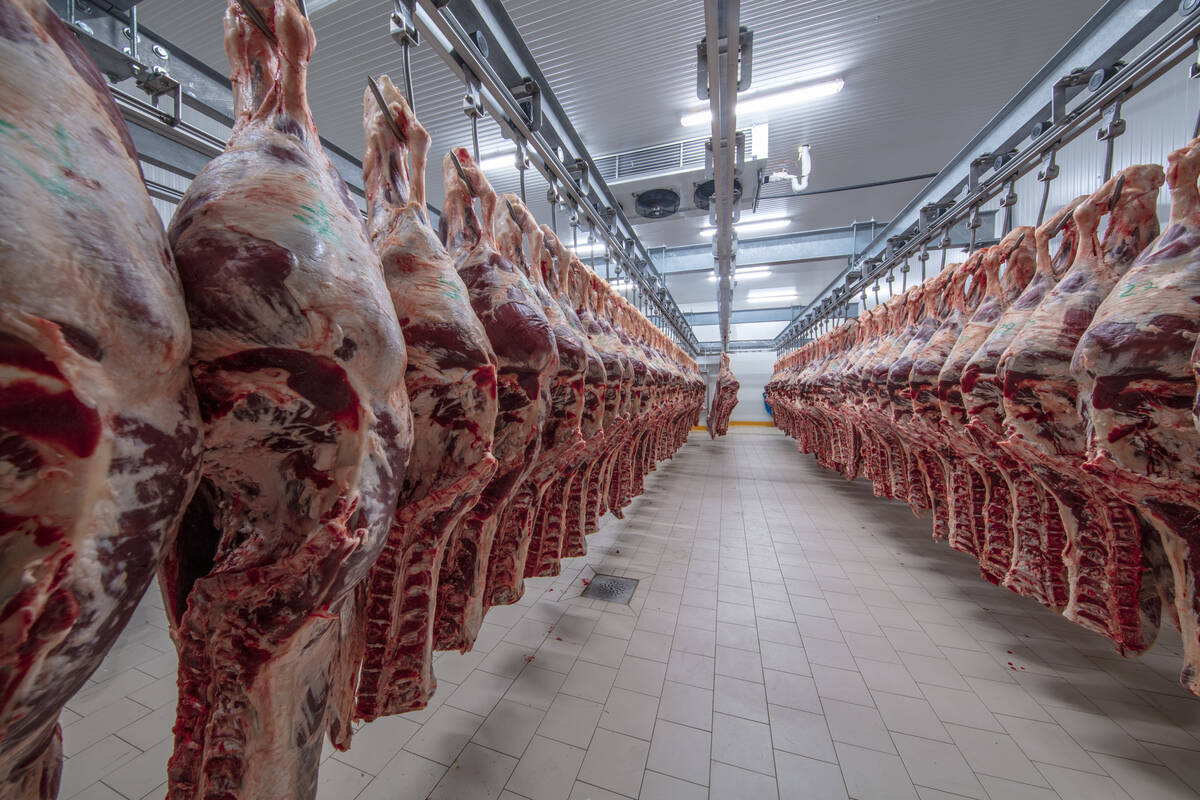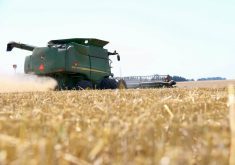Monday’s crop progress report from the U.S. Department of Agriculture shows the impact of ongoing cold, wet conditions across the key growing areas. Of the 10 primary crops to be sown in 2013, not a single one was ahead or even at normal progress for this time of year.
Seeding and crop progress as of May 5 were behind normal across most of the U.S., with the exception of the Pacific Northwest and the southwestern states. The beneficial impact of their progress is muted at best, as these regions are not large producers overall. A vast swath of the Plains and Corn Belt remain well behind normal. These regions account for the bulk of production for the principal crops.
Read Also

U.S. livestock: Cattle make small gains, hogs fall
Chicago cattle futures made modest gains on Monday while hogs pulled back. Most-active February live cattle closed at 230.550 cents…
March 2013 was the coolest since 2002 and was 1.2 C below the 20th-century average. The North American snow cover extent in March was the sixth-largest since records began in 1967. April was similarly cold. Temperatures in the delayed growing regions were anywhere from -1 to -6 C below normal over the month.
The Northern Plains and Upper Midwest were both the coldest in absolute temperatures and had the greatest drop below normal. Not surprisingly those areas show the most severe lack of planting progress. Only in this report are they starting to show some level of progress.
Every year there are localized challenges in establishing crops. The lack of planting progress across such a vast swath of land is quite unusual. Corn planting has not been this slow since 1984.
The only bright side remains the nearby outlook for drier and warmer weather. Both the short-term and medium-term forecasts predict warm dry weather with the exception of the southern Corn Belt and Delta states, where moderate to heavy rain will continue to limit planting progress.
Markets have been volatile, with some analysts highlighting the ability for U.S. farmers to seed record volumes in ever-shorter periods. Other analysts are highlighting the tendency for farmers to reduce corn acres by May 15 and switch to other crops. There remain issues of drought in western growing regions and while warm dry weather is favourable in the short term, it will not be long before the reverse is true and farmers in those areas clamour for cooler and wetter weather.
As of May 5, using the prospective planting estimate of 218 million acres sown to these primary crops, the planting progress would estimate that nearly 193 million acres remain to be sown. U.S. farmers will require more than a few days of dry warm weather to seed the 2013 crops.
— Stuart McMillan writes from Winnipeg on weather and agronomic issues affecting Prairie farmers.














